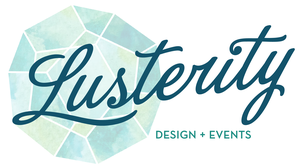Work in Progress: illustrations and videos coming soon....
This grassroots movement could not happen without each and every person! So Thank you for making the time to participate in any way you are able! This is a really fun project and the Sew-a-thons are a highlight but there has been massive amounts of progress by people taking on parts to do at home.
There are many ways to help and you don’t need to know how to sew. There are 16 small steps to complete each bag.
Roles include:
- Collecting fabric
- Cutting
- Ironing
- Pinning
- Sewing
- Serging
- Coaching others
- Coordinating
- Outreach efforts
You can participate at whatever stage you are interested. Full and clear instructions and support are offered at each stage. Folks who are interested in joining the efforts should fill out our CONTACT FORM. Join us in whatever capacity you are able! Let's make Boston shine!
THE DETAILS:
- COLLECTING FABRIC: Donated fabrics might include:
- sheets
- curtains
- table cloths
- canvas or medium-weight fabrics
- Fabric should be clean and sturdy. The smallest size of fabric we can use is 9" x 16" or 5"x26". No scraps/samples, terry-cloth towels, stained fabrics, cotton jersey or other very stretchy materials. No dry-clean-only, non-washable or heat sensitive materials. Please ask if you have questions about this.
- CUTTING:
- You must own a cutting mat, a large fabric ruler and a rotary cutter.
- We need two rectangles cut for the bag construction: 36" x 16" for the main bag and 5" x 31" for the handles. (We cut the pockets separately as we have to screenprint them.)
- IRONING: You will need an ironing board and an iron. And maybe an interesting movie, podcast or person to talk to while you iron. Kids can do this for sure.
- creen-printed pockets need all sides pressed under. (see instructions)
- Handles need to be pressed in quarters. (see instructions)
- PINNING: You need pins, pieces to work on and a flat surface.
- ockets (printed, sewn on top edge and pressed on other 3 edges) are pinned to the un-sewn-bag body. (see instructions)
- Handles are pinned to the sewn bag body. (see instructions)
- SEWING: You need a sewing machine with a straight stitch, thread of any color and the pieces of course.
- andles are sewn after pressing. (see instructions)
- Pockets are sewn across the top edge.(see instructions)
- Pinned pockets are sewn to the bag body. (see instructions)
- Sides of bag are sewn. (see instructions)
- Gussets! (see instructions)
- Handles are sewn to almost-finished-bag. (see instructions)
- Final sewing around the top of the bag. (see instructions)
- SERGING: You will need a serger.
- ides of bag will be serged
- Top edge of bag and handles will be serged.
- COACHING:
